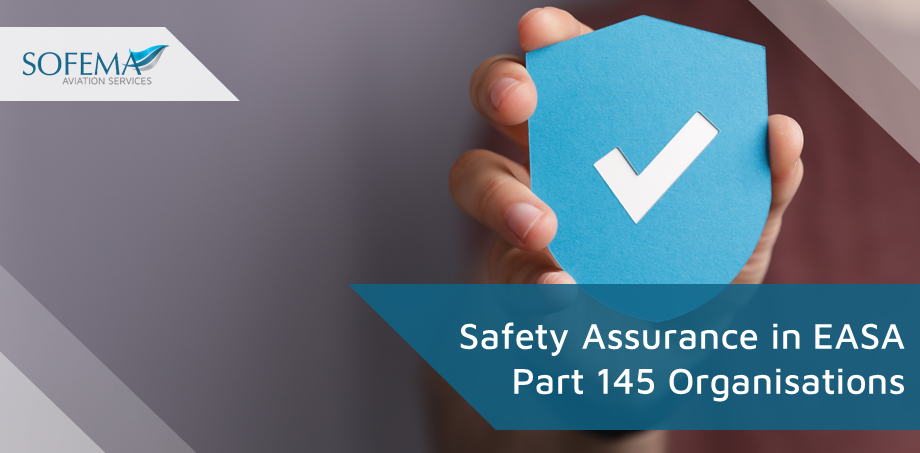Safety assurance activities are at the core of the safety management system (SMS) that aviation service providers (including aircraft operators) must implement to meet ICAO SARPS and regulatory requirements.
Considering the Definition of Safety Risk Management
- Encompasses the assessment and mitigation of safety risks. The probability and severity of the consequences of the hazards are of such magnitude, and the damaging potential of the hazard poses such a threat to safety that immediate mitigation action is required.
Considering the Definition of Safety Assurance
- EASA – Safety assurance – all planned and systematic actions necessary to afford adequate confidence that a product, a service, an organisation, or a functional system achieves acceptable or tolerable safety.
- FAA—Safety assurance—Processes within the SMS that function systematically to ensure the performance and effectiveness of safety risk controls and that the organization meets or exceeds its safety objectives by collecting, analysing, and assessing information.
Safety Assurance Activities Include:
- Includes organisational arrangements and systematic processes for continuous surveillance and recording of the organisation’s safety performance
- Evaluation of the safety management processes and practices.
- It is Used to demonstrate that organisational arrangements and processes for safety achievement are correctly applied and continue to achieve their intended objectives.
- Note: Safety Assurance should be intrusive and enquiring, not simply an administrative “box-ticking” exercise.
According to the ICAO Doc 9859 – Safety assurance includes the following activities:
Safety performance monitoring and measurement to validate the effectiveness of safety risk management.
- Measuring the outcomes of activities that operational personnel must engage in to deliver services by the organisation.
- Management of change—The aviation service provider organisation shall develop and maintain a formal process to identify and manage organisational changes that may affect established processes, procedures, products, and services.
- Change management should ensure that required safety performance is achieved by reducing or eliminating the safety risks resulting from changes in the organisation, service provision, or operational environment.
- Continuous improvement of the SMS—The aviation service provider organisation shall develop and maintain a formal process to identify the causes of SMS substandard performance, determine its implications for operations, and eliminate such causes.
SMS Safety Assurance Components include:
- Safety Surveys – Carried out as a matter of routine to recommend improvements where needed, to provide assurance to managers of the safety of activities within their areas, and to confirm conformance with applicable parts of their safety management systems;
- Safety Monitoring – shall ensure that methods are in place to detect changes in systems or operations which may suggest any element is approaching a point at which acceptable standards of safety can no longer be met and that corrective action is taken;
- Safety System Records shall be maintained throughout the SMS operation to provide safety assurance to all associated with, responsible for, or dependent upon the services provided and the safety regulatory authority.
- Safety records include all documentation produced and maintained throughout the operation of the SMS processes, including the risk assessment and mitigation documentation.
Next Steps:
Follow this link to our Library to find & download related documents for Free.
Please see the websites or email team@sassofia.com.
Tags:
EASA, ICAO, Safety Assurance, Safety Management System, Safety Risk Management, FAA, SMS, EASA Part 145 Organisation, SAS blogs, Aircraft Operators, Safety Monitoring, ICAO SARPS, safety surveys, Safety System Records





